In the August 17 cover story of TIME, we take a deep look at the mainstreaming of virtual reality, the long-promised technology that is now becoming widely available to consumers. Headsets from Facebook’s Oculus, Valve, Sony, Microsoft, Google and many others will start going on sale this year, and competition will increase dramatically through 2016. Throughout this year, we set out to try every major in-development headset out there. These devices promise to change not only entertainment, but education, health, and work. Here’s some of what we learned:
1. Palmer Luckey, the creator of the Oculus Rift, is not your typical nerd…
He’s cheery and talks in normal sentences that are easy to understand. He was homeschooled, and though he did drop out of college, it was California State University, Long Beach, where he was majoring not in computer science but in journalism. He prefers shorts, and his feet are black because he doesn’t like wearing shoes, even outdoors. He doesn’t look like a guy who played Dungeons & Dragons so much as a character in Dungeons & Dragons. He’s a nerd from a different century, working on the problems of a different century.
2. …and he kicked off this revolution by tinkering in his garage.
As an 18-year-old who took apart smartphones and fixed them for cash, Luckey figured out that the solutions to the problems virtual-reality engineers weren’t able to solve were right inside his phone. Now 22, he sold his company, Oculus VR, to Facebook last year for $2.3 billion, allowing it to grow to more than 350 employees in offices in Silicon Valley, Seattle, Dallas and Austin as well as in South Korea and Japan. That’s because, as fantastical as Luckey’s dreams were, Mark Zuckerberg and the rest of the tech industry had a much bigger hope for the sensory-immersion goggles Luckey used to carry around in a yellow bucket in order to hold loose wires. They had seen the Internet get disrupted by mobile and were wary of being blindsided by the next platform for accessing information—which they think might just have been hiding in Luckey’s yellow bucket. (Here’s how Mark Zuckerberg explains VR.)
3. Silicon Valley is pouring money into the concept like crazy.
Venture capitalist Mike Rothenberg, who runs a VR accelerator, says his firm has already secured enough money to invest in a second round of virtual-reality companies this fall. “It’s hard for people to write checks for virtual reality until they try it. Then, not that hard,” he says. He likens this opportunity to the Internet in 1995. “No one calls a company an ‘Internet company’ anymore. In 10 years, everyone will have VR as part of their company.”
Meet Virtual Reality’s Most Important Pioneers


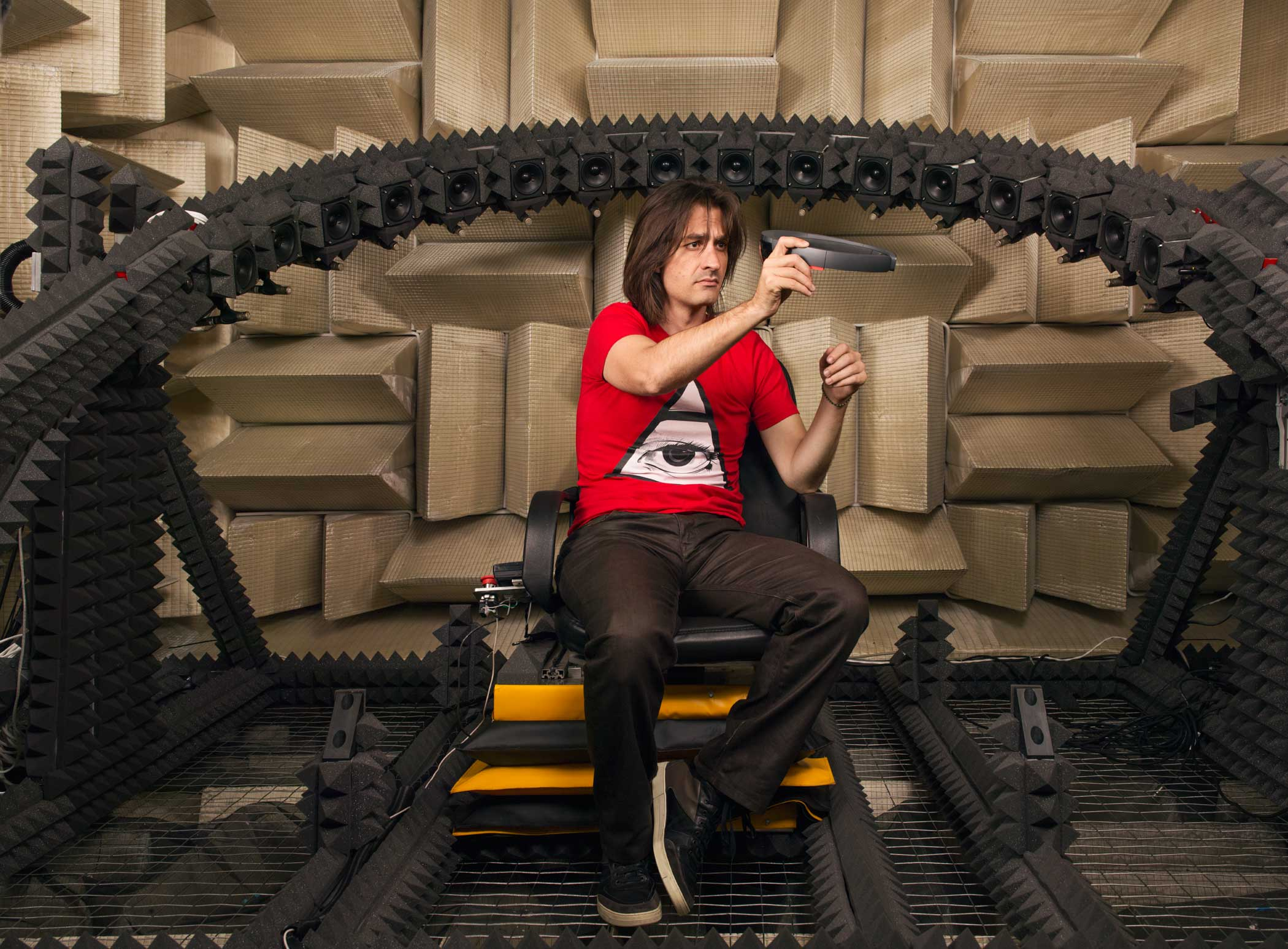
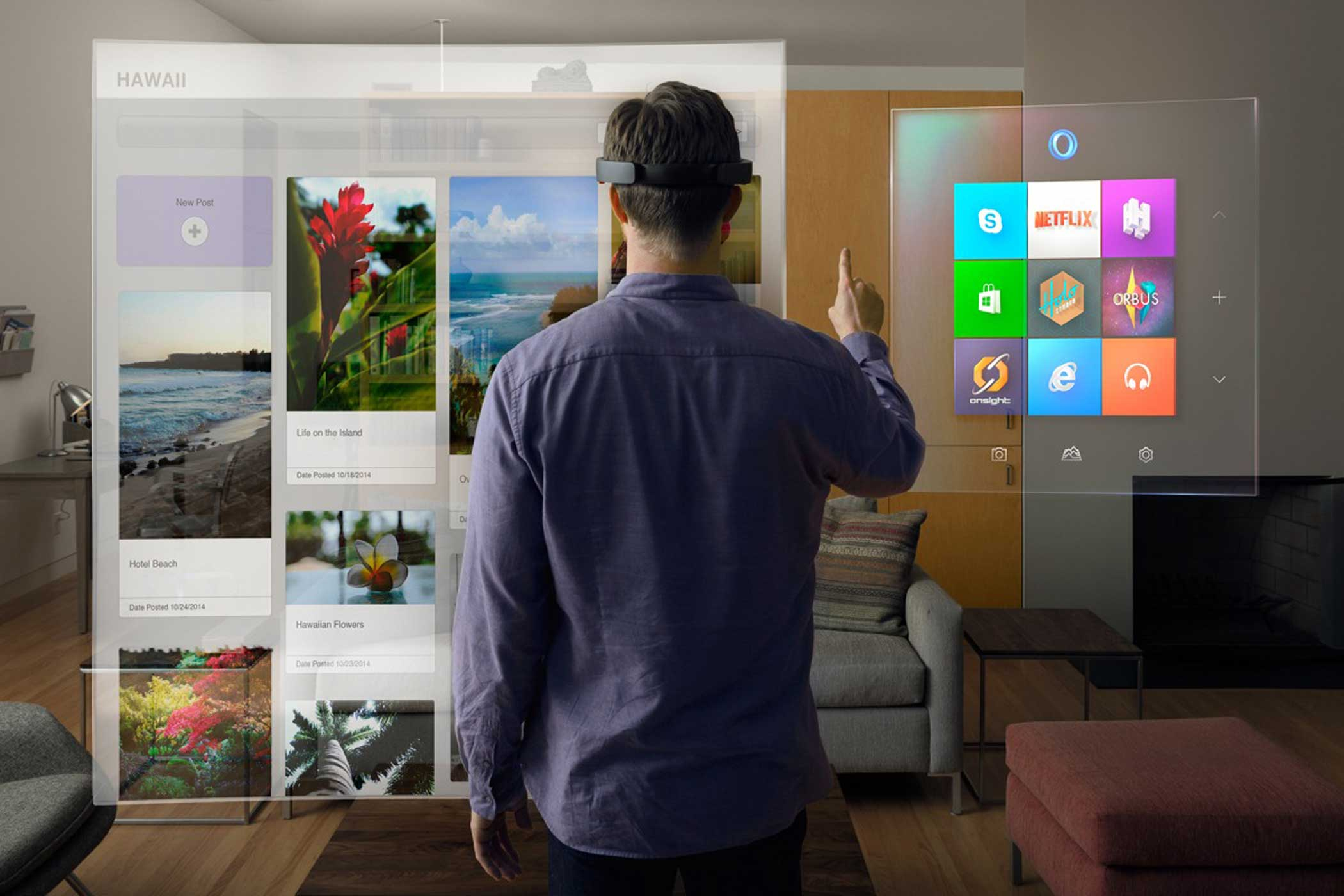


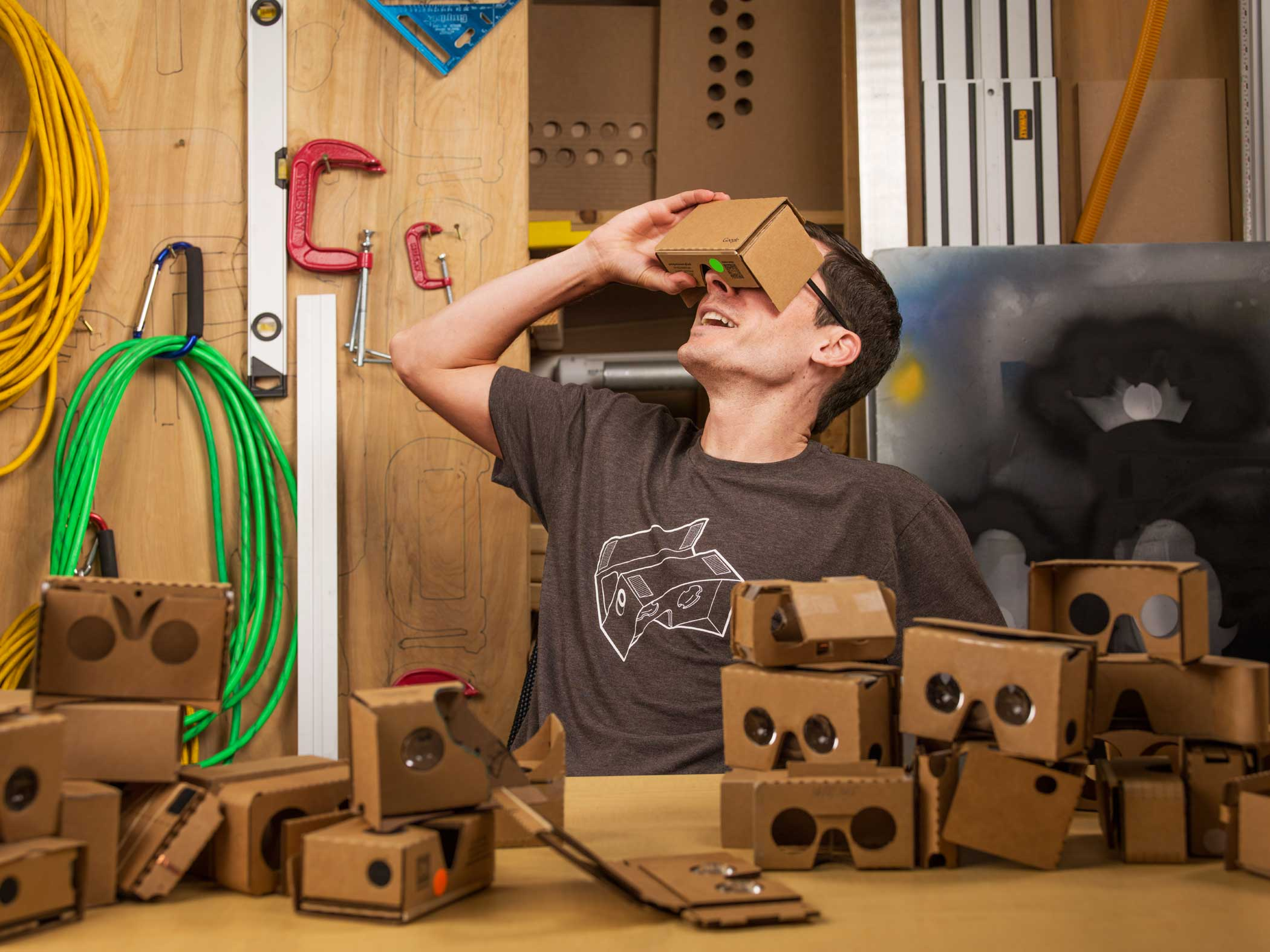
4. But Luckey doesn’t feel pressure to bring out the Rift by Christmas, even though others will have come out by then.
“If the iPhone were introduced in any quarter, it would have been a hit. I doubt they were saying, ‘What’s important for the iPhone? We have to hit Christmas,’” says Luckey about letting his competition beat him to market.
5. Google already has a low-tech version, dubbed Cardboard (because that’s what it’s made of), on the market.
Through a program called Expeditions, Google has already sent 100 classrooms a field trip in a box; teachers use Cardboards to lead kids through natural, architectural and Martian wonders. The company worked with partners like the Smithsonian and the American Museum of Natural History to create 3-D images not unlike those in the plastic viewfinders that were popular in the 1970s. This comparison isn’t lost on Google, which has a deal with Mattel to put out a version of Google Cardboard in a View-Master.
6. Valve, the gaming company that will be first of the high-end manufactures to market with its Vive headset this year, is full of true believers who can’t wait for you to get your hands on VR.
The Vive is different because it lets you walk around in a virtual environment, rather than staying seated in your chair. The headset alerts you when you’re near a wall, but it requires you to have a 16-by-12-ft. (5 by 4 m) empty room in your house. Jeep Barnett, who has worked on the project from the beginning, isn’t worried. “Sell your dining-room table and eat over your sink,” he says. “If you have a pool table, get rid of that. Get a Murphy bed. People are going to find a space. You have a space for your car because you have to have the superpower of getting downtown in 20 minutes.”
7. Sony, which also has a headset coming out for the Playstation 4, says the hardware is becoming less important than the software.
Richard Marks, a senior researcher at Sony, says that in the past few months it has gotten the hardware far enough along that the software will now matter more. Already, he says, what game designers call “talent amplification” is more impressive than he imagined. “I can point at something and have the force and levitate it, and it really feels like I’m doing it. When you play a game, you say, ‘I died.’ But in virtual reality, man, it’s even more powerful.” I try a few more games before I’m ushered out so they can clear the room for a VIP. As I walk out, Steven Spielberg walks in.
8. Some of the coolest applications have nothing to do with gaming.
In the most impressive virtual-reality experience I have, I use a program called Tilt Brush (since purchased by Google, which has a bunch of high-end virtual-reality projects it’s keeping quiet) to paint in three dimensions. Walking around dripping neon, I paint in the sky in a way that makes me never need to try LSD.
9. Microsoft is trying to leapfrog everybody else with its own Hololens, which is technically augmented reality since it projects holograms onto the real world.
Alex Kipman is in charge of the Hololens, having overseen Microsoft Kinect, the Xbox add-on that allowed people to control what happens onscreen by waving their hands and using their voices, like in Minority Report. When the first version of Kinect was released five years ago, it was the coolest thing Microsoft had ever made. Kipman is also cool. He’s got a Brazilian accent and dresses like a man who takes Burning Man seriously: shiny gray pants; a long jacket with embroidery; blunt, shoulder-length hair. “If I told people at Microsoft I wanted to make virtual reality, they would have nodded their head yes,” he says. But Kipman wants to save us from spending yet more time on our computers instead of with one another. “Virtual reality is not embracing that which makes us human. Kinect was about embracing what’s in all of us. Humans exist in the real world. Holograms say, ‘Hey, technology has become sophisticated enough today that we’re ready to go beyond being stuck behind pixels all day long.’” Holograms, he believes, will reverse our isolation and inactivity.
See The Incredibly Goofy Evolution of Virtual Reality Headsets
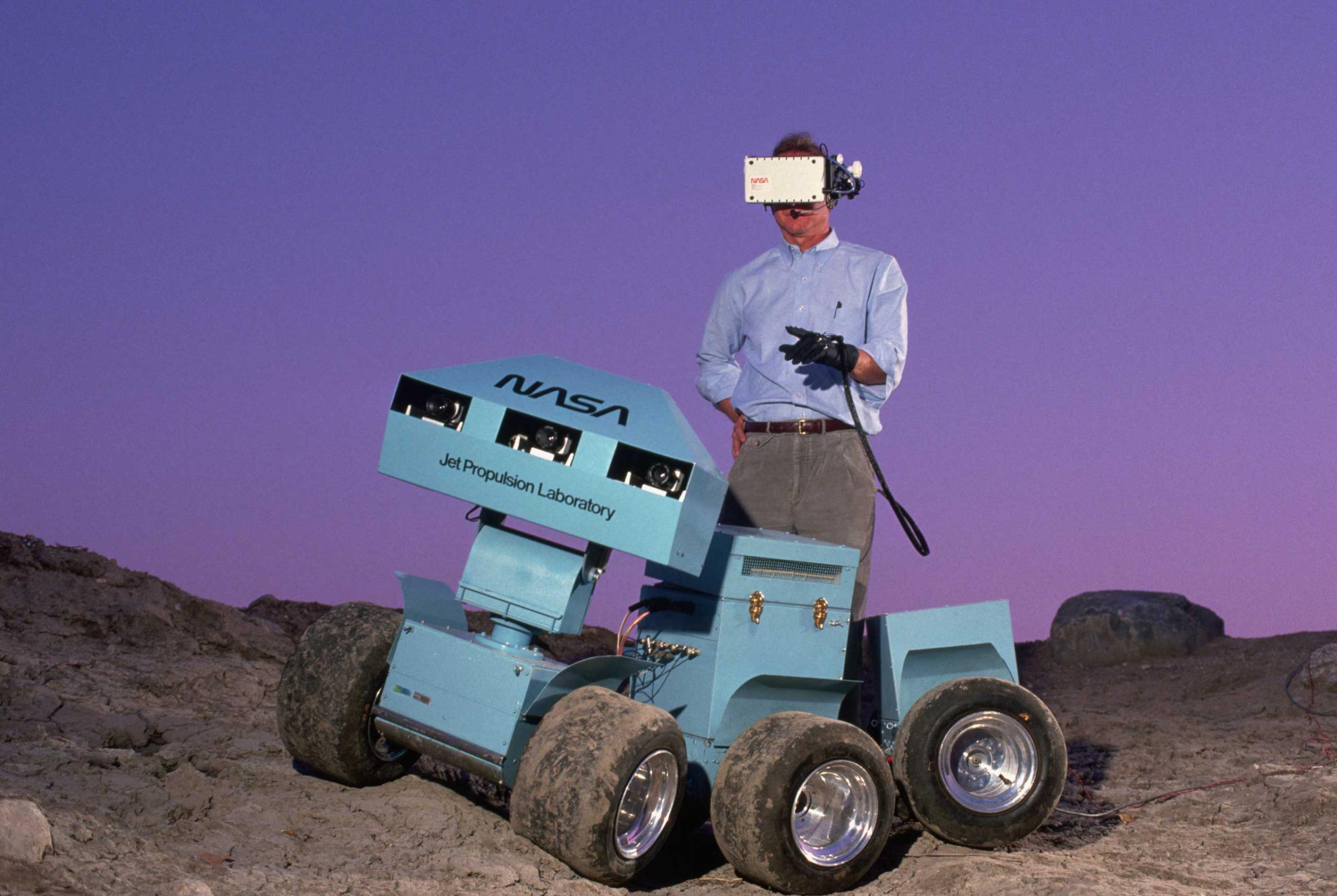
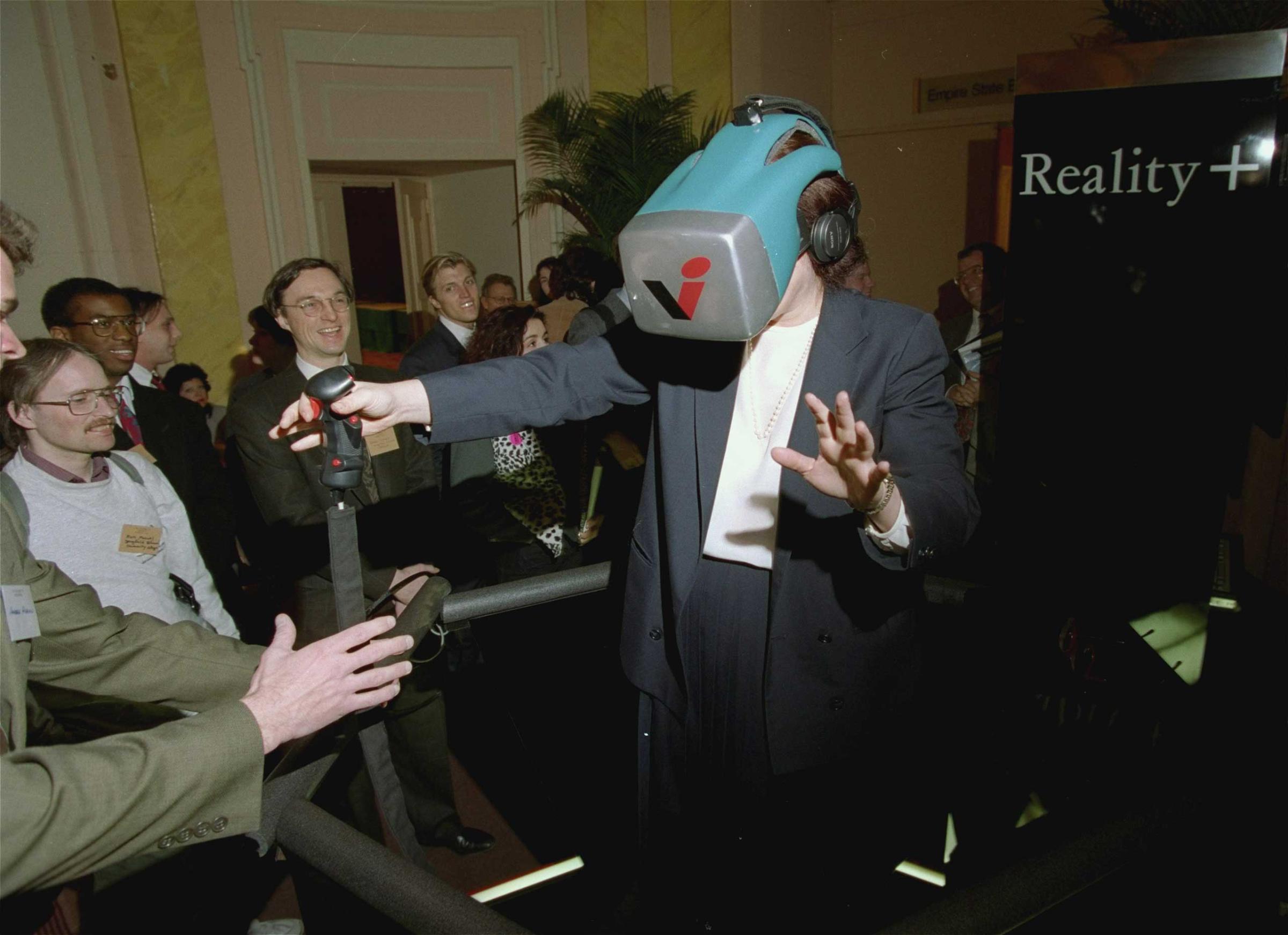
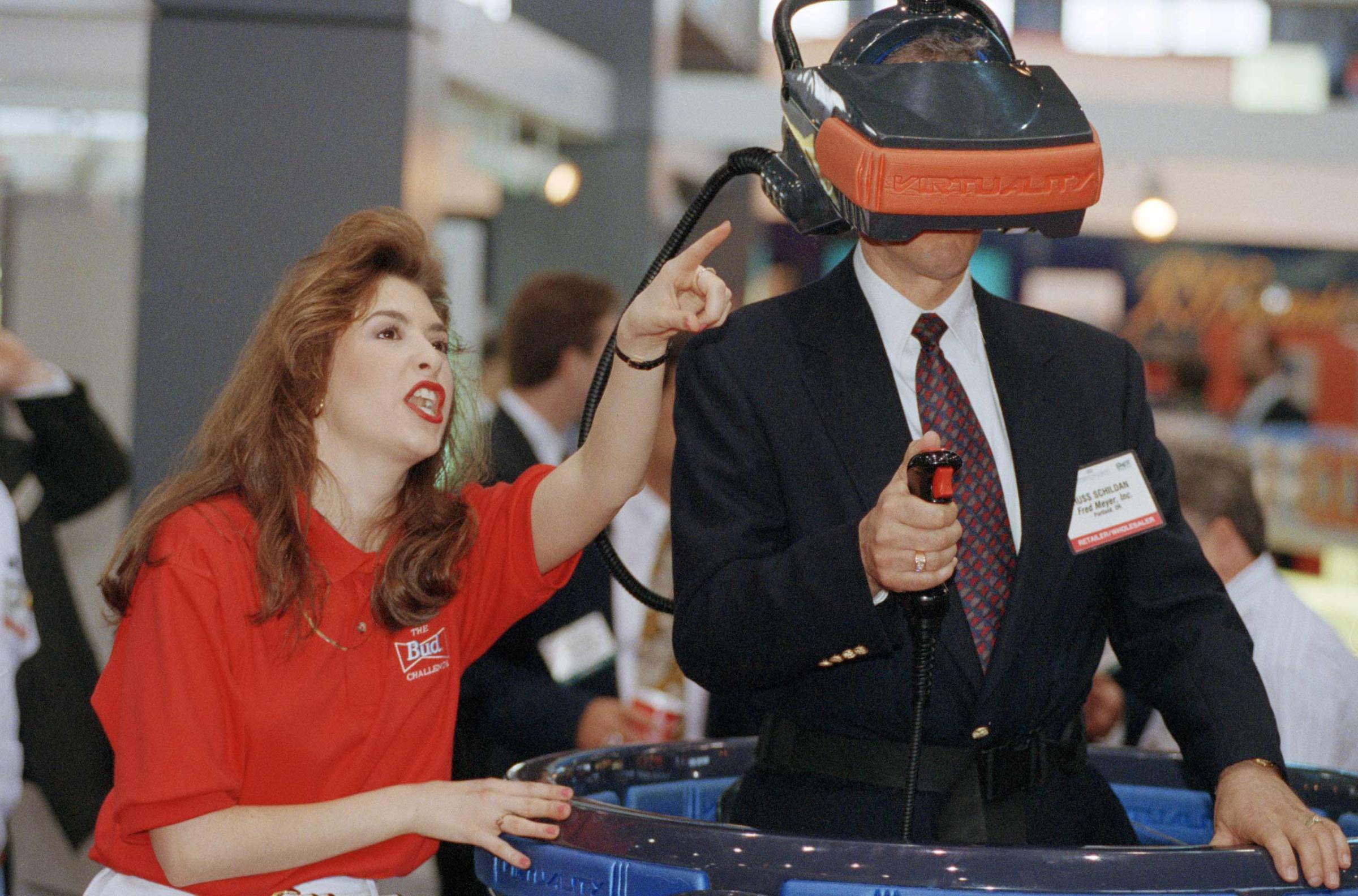

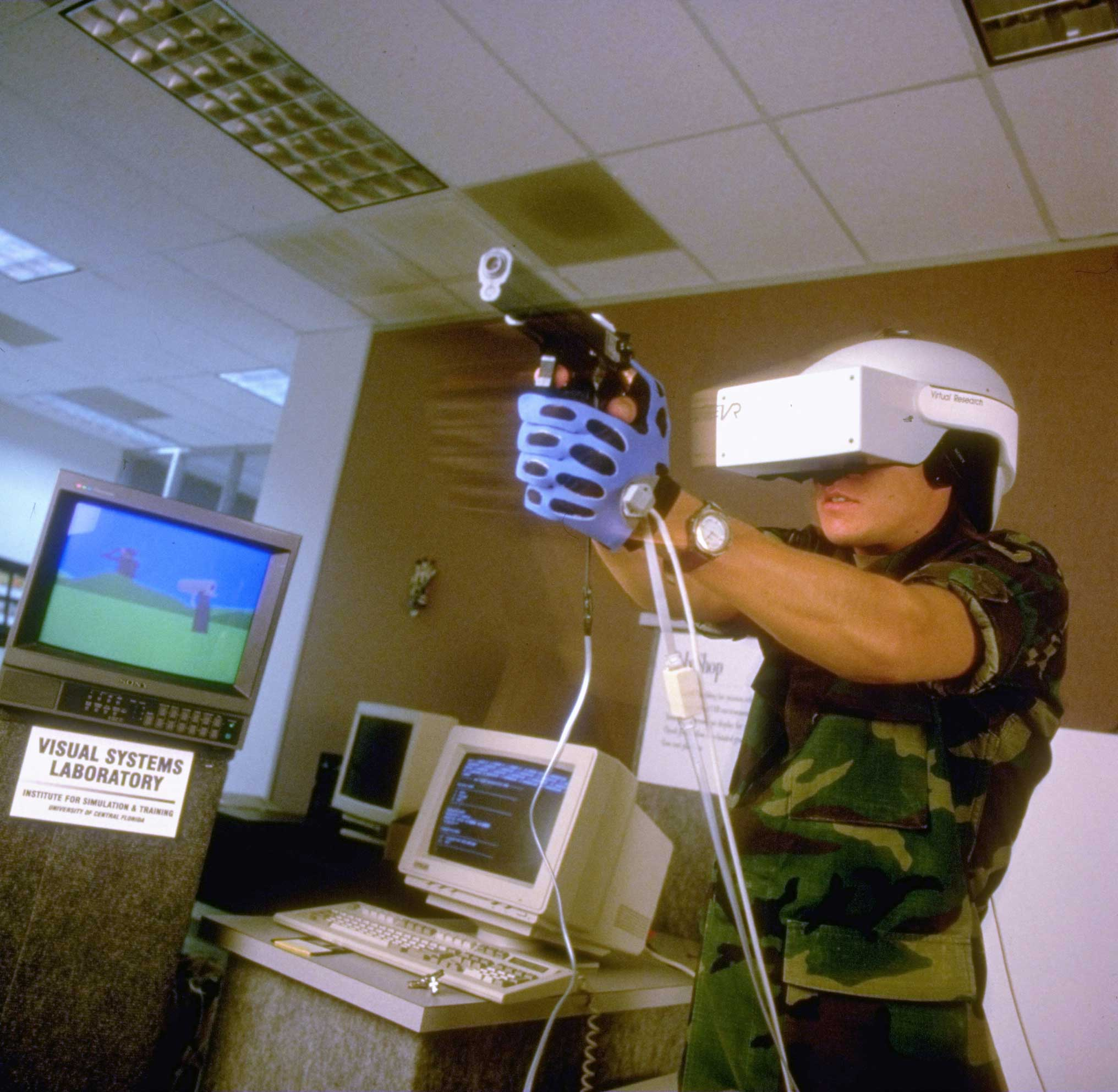
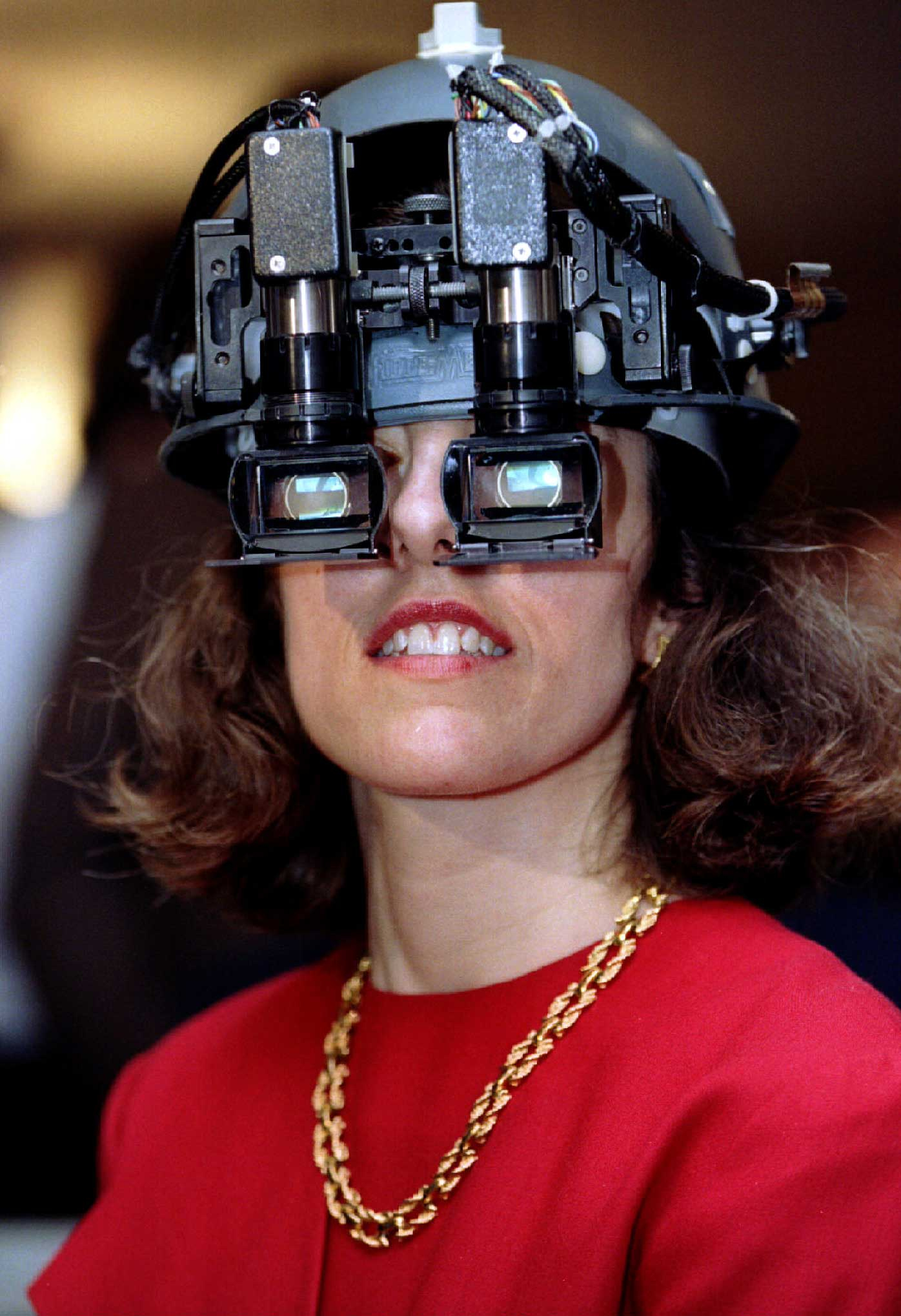
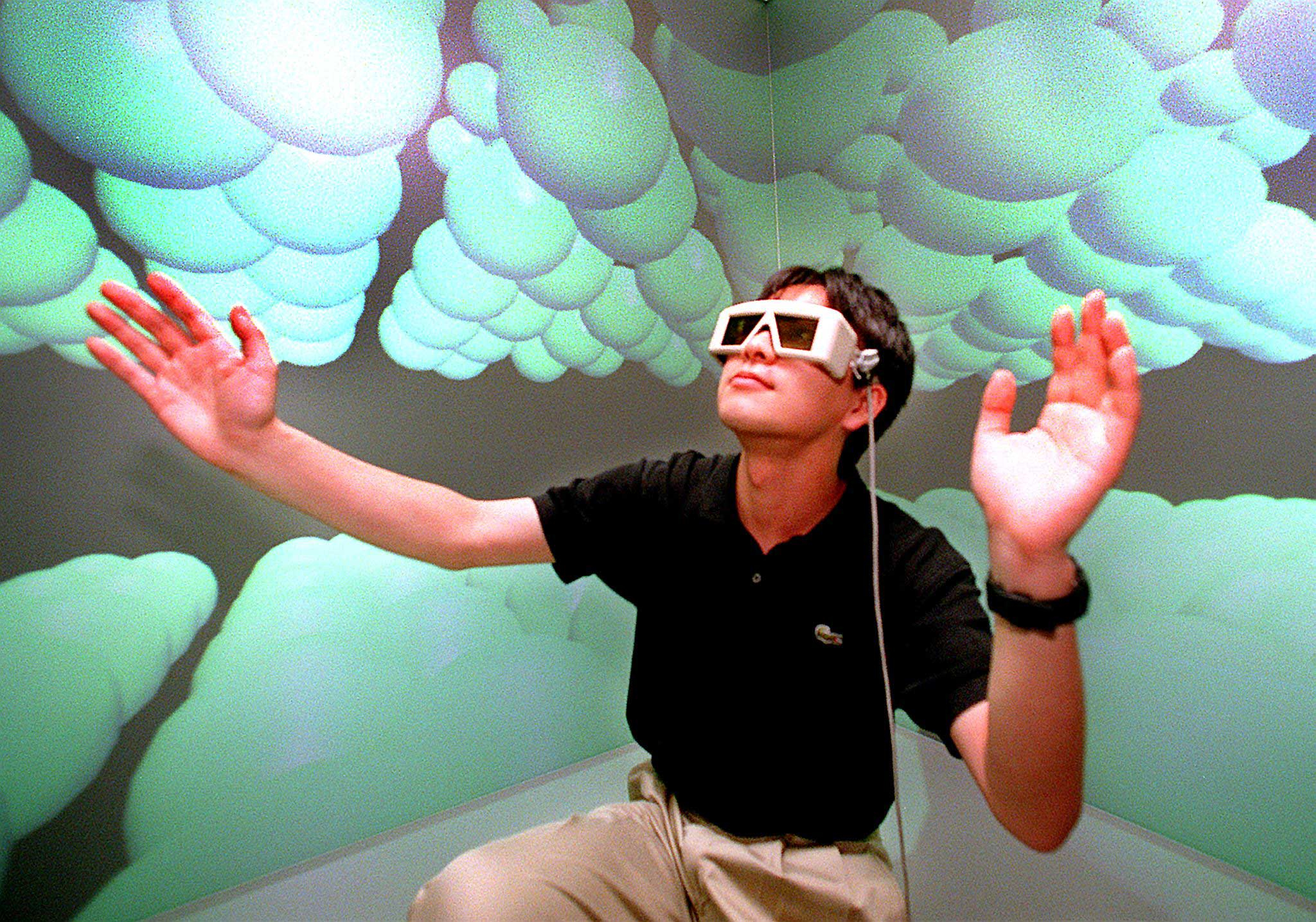
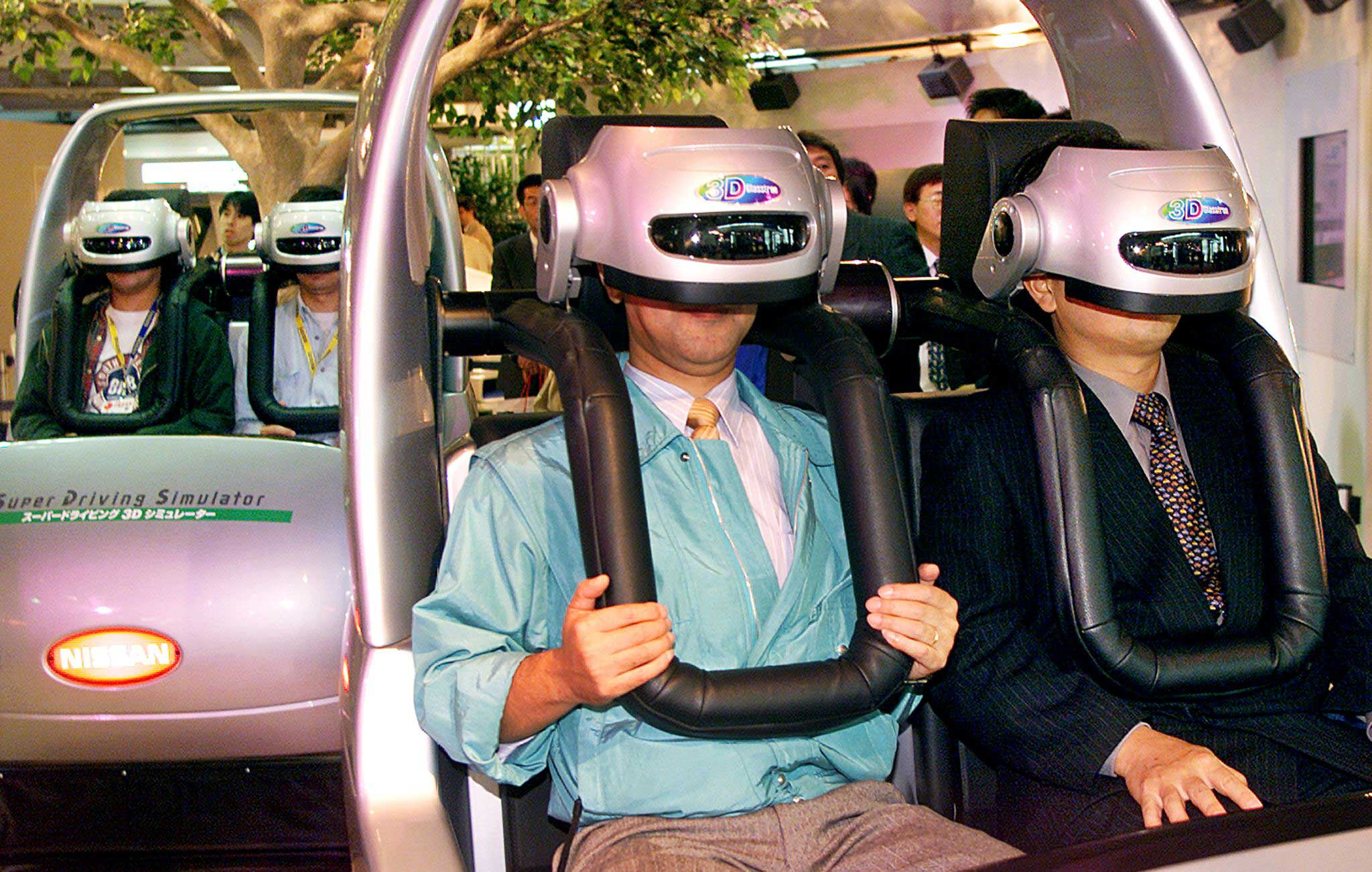
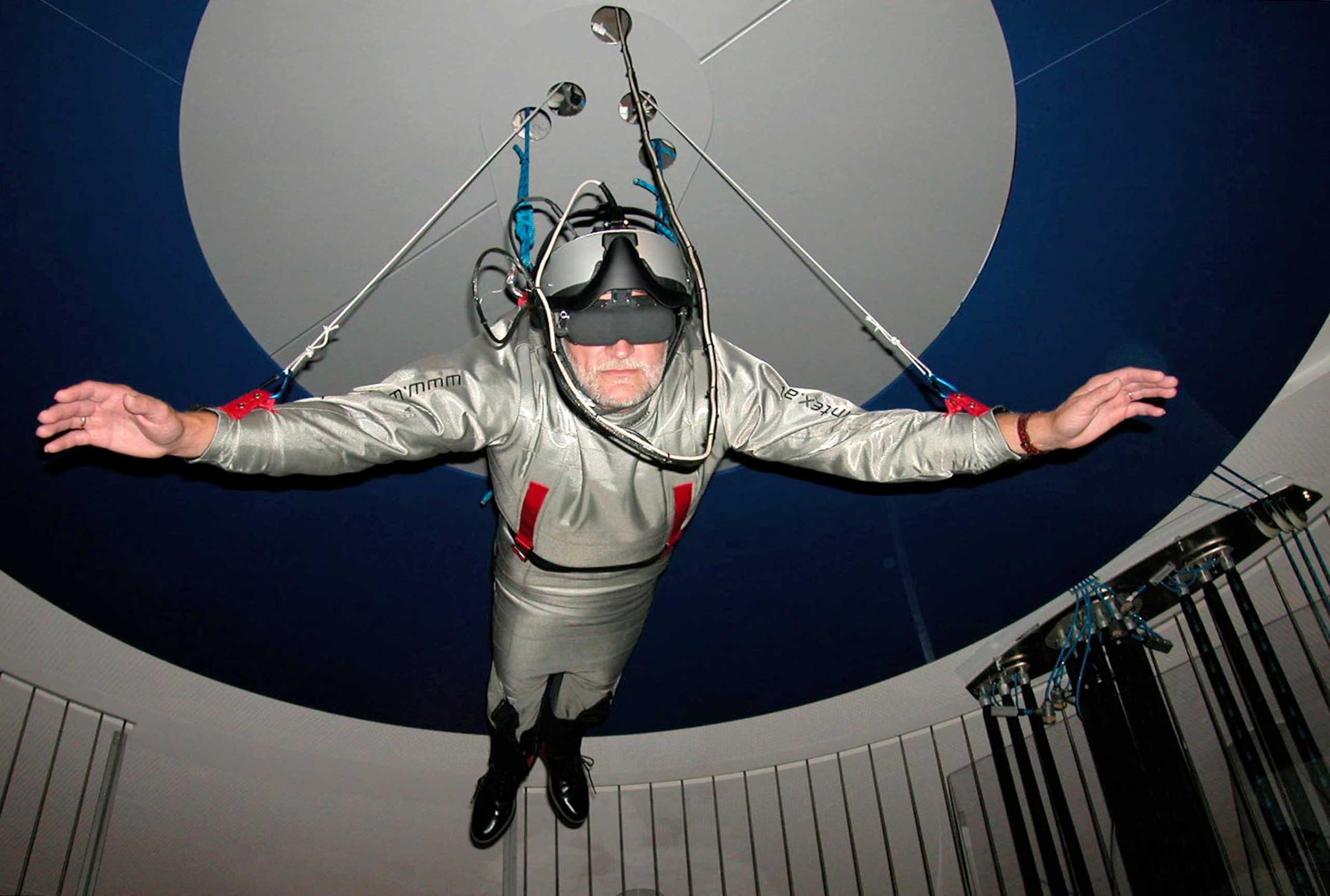
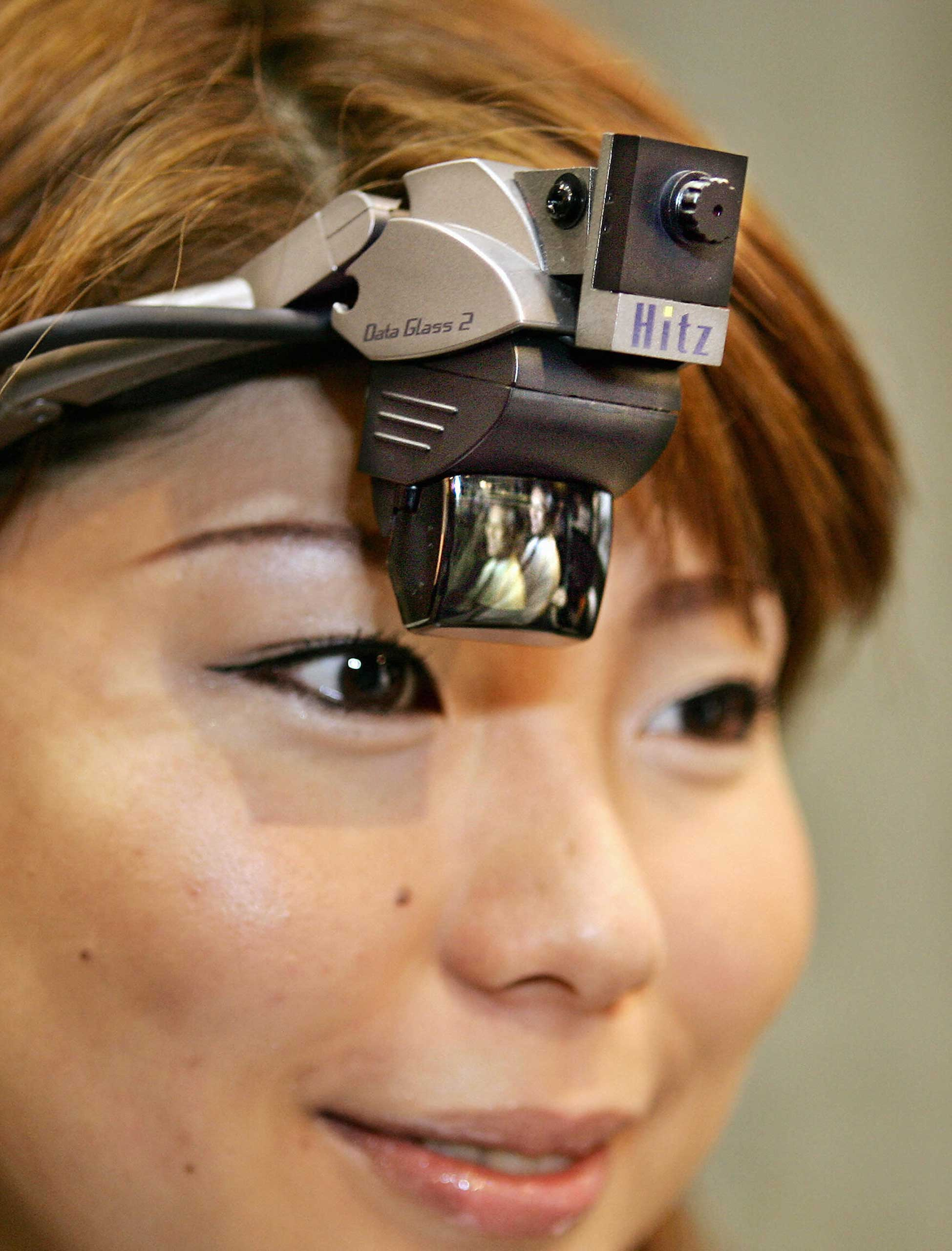
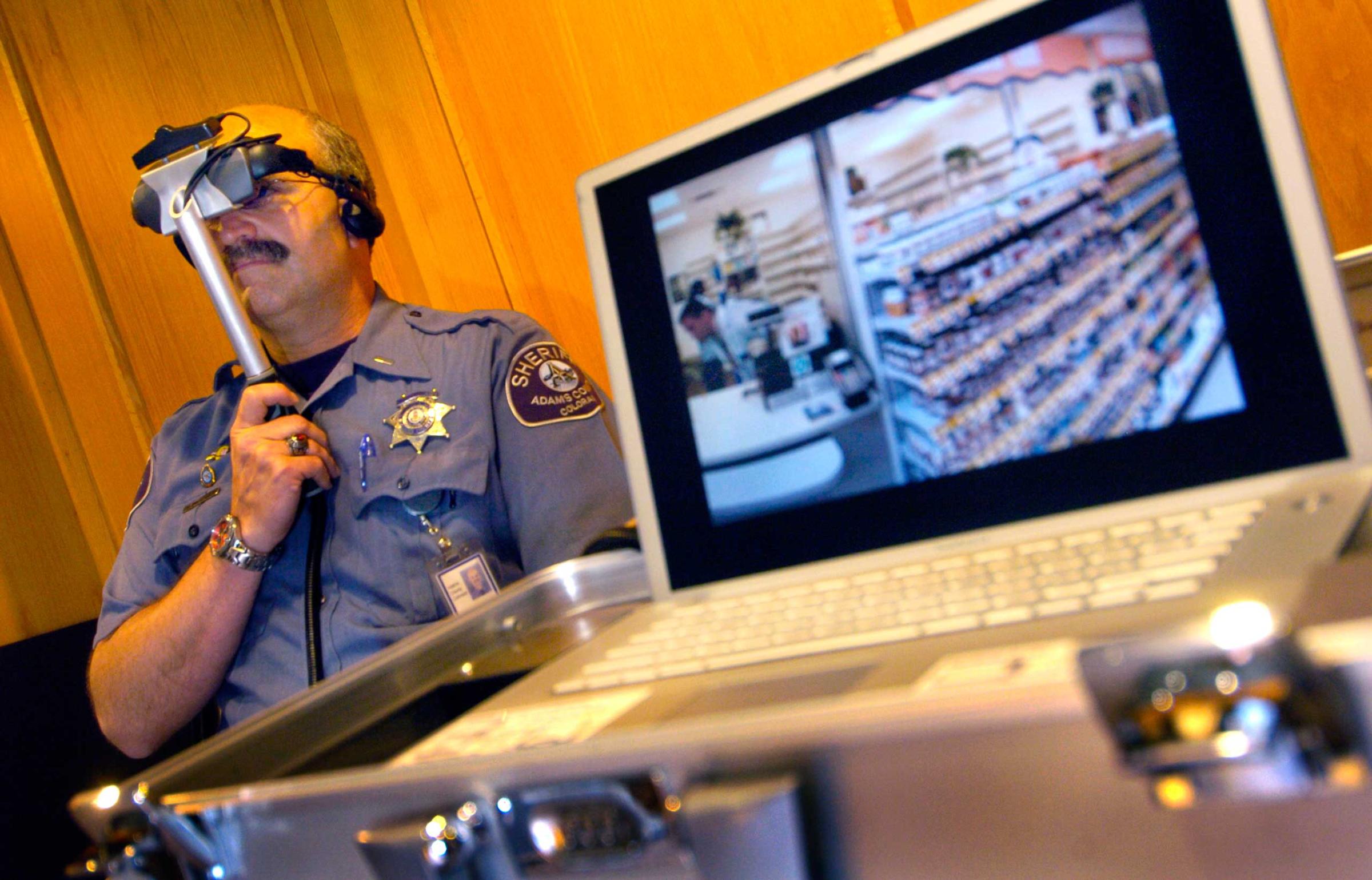
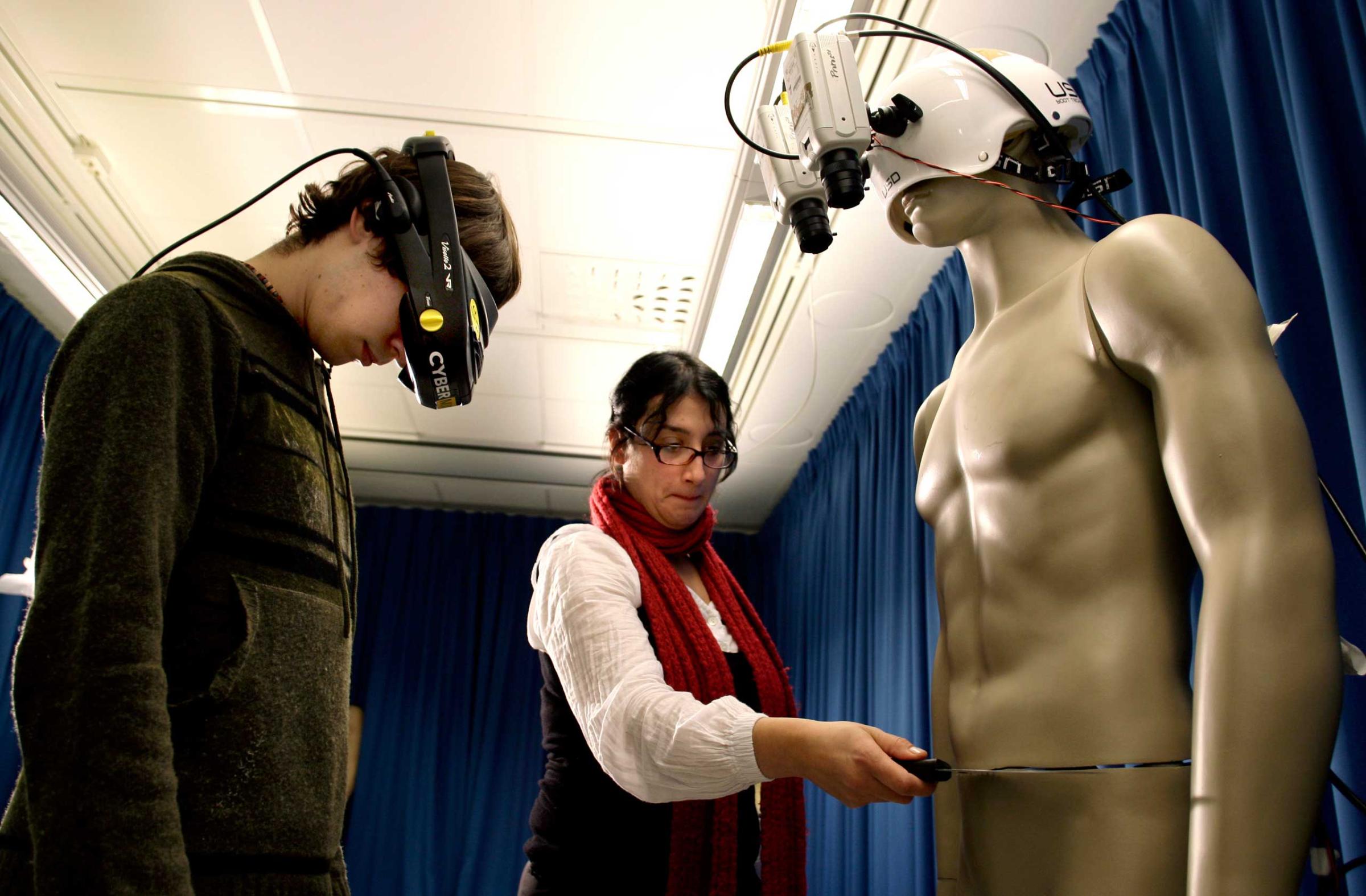
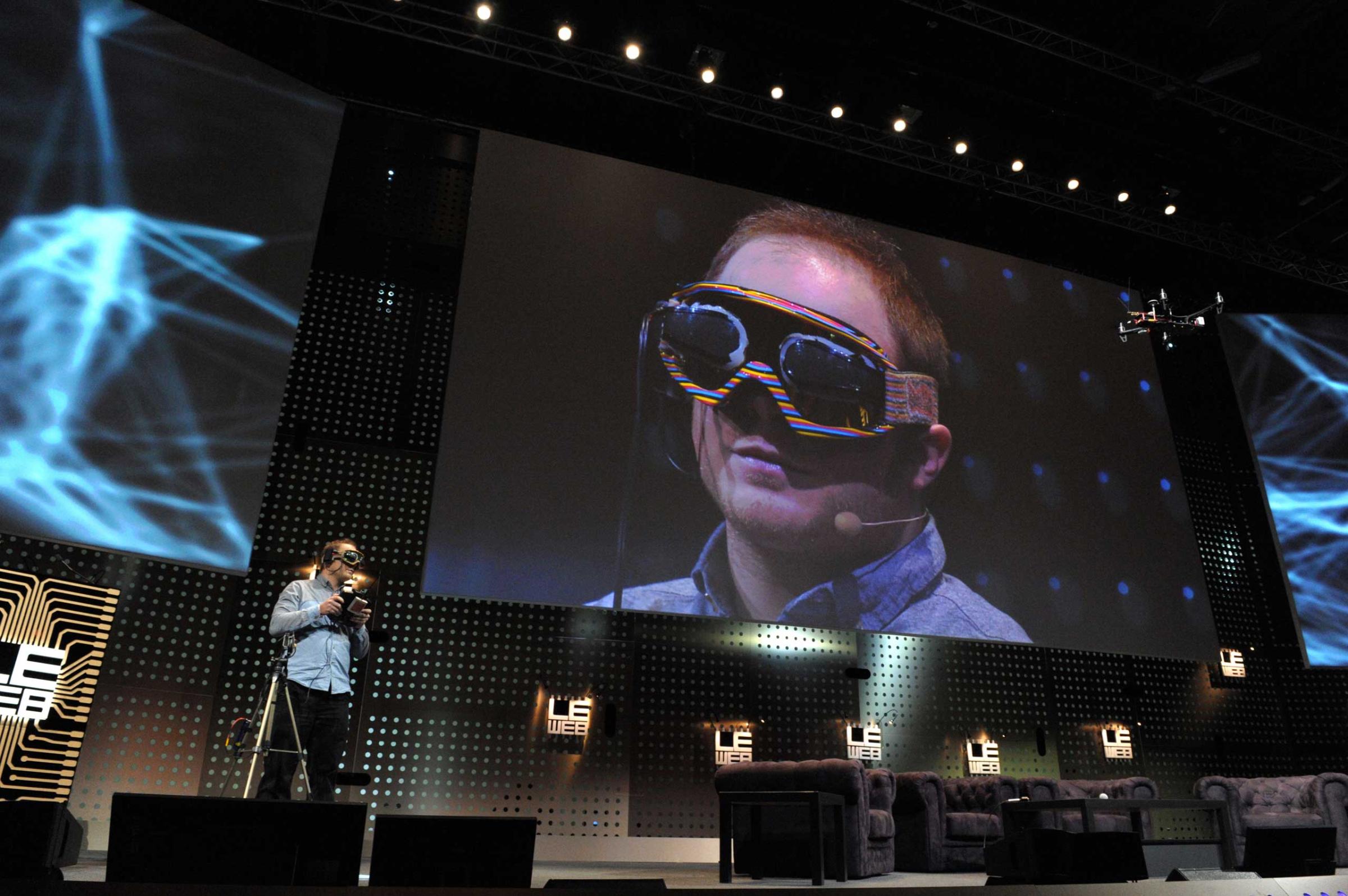
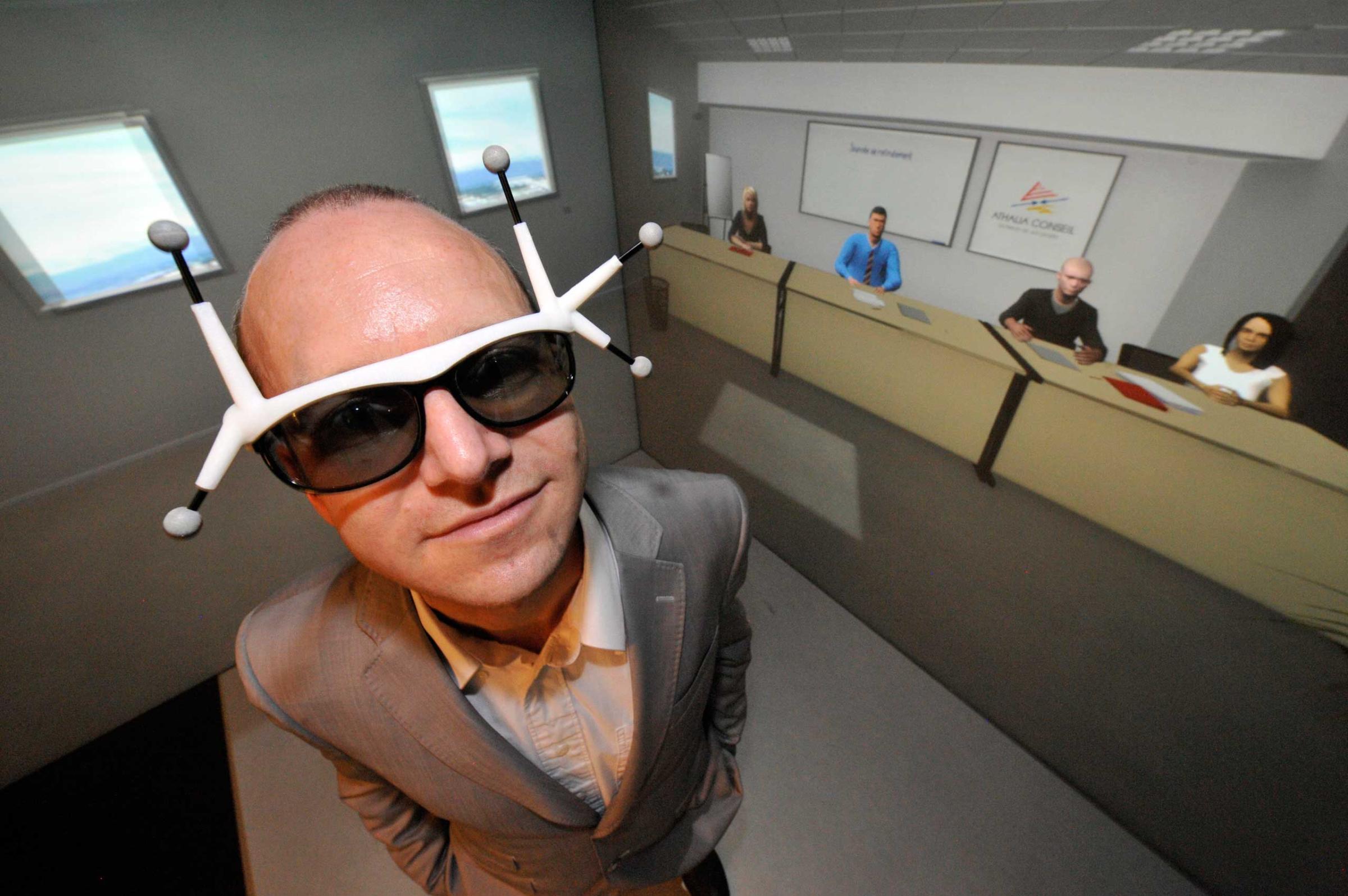
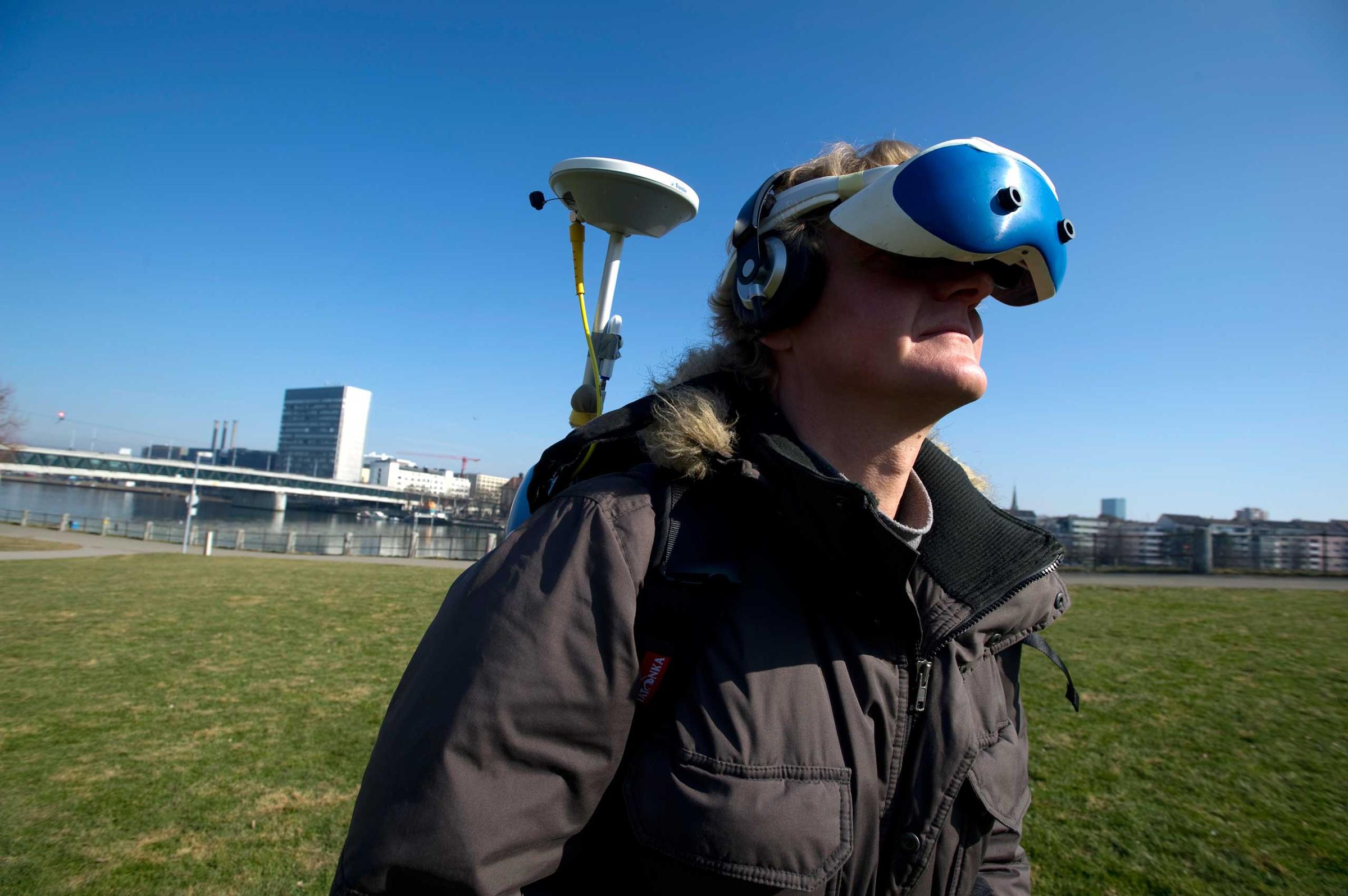

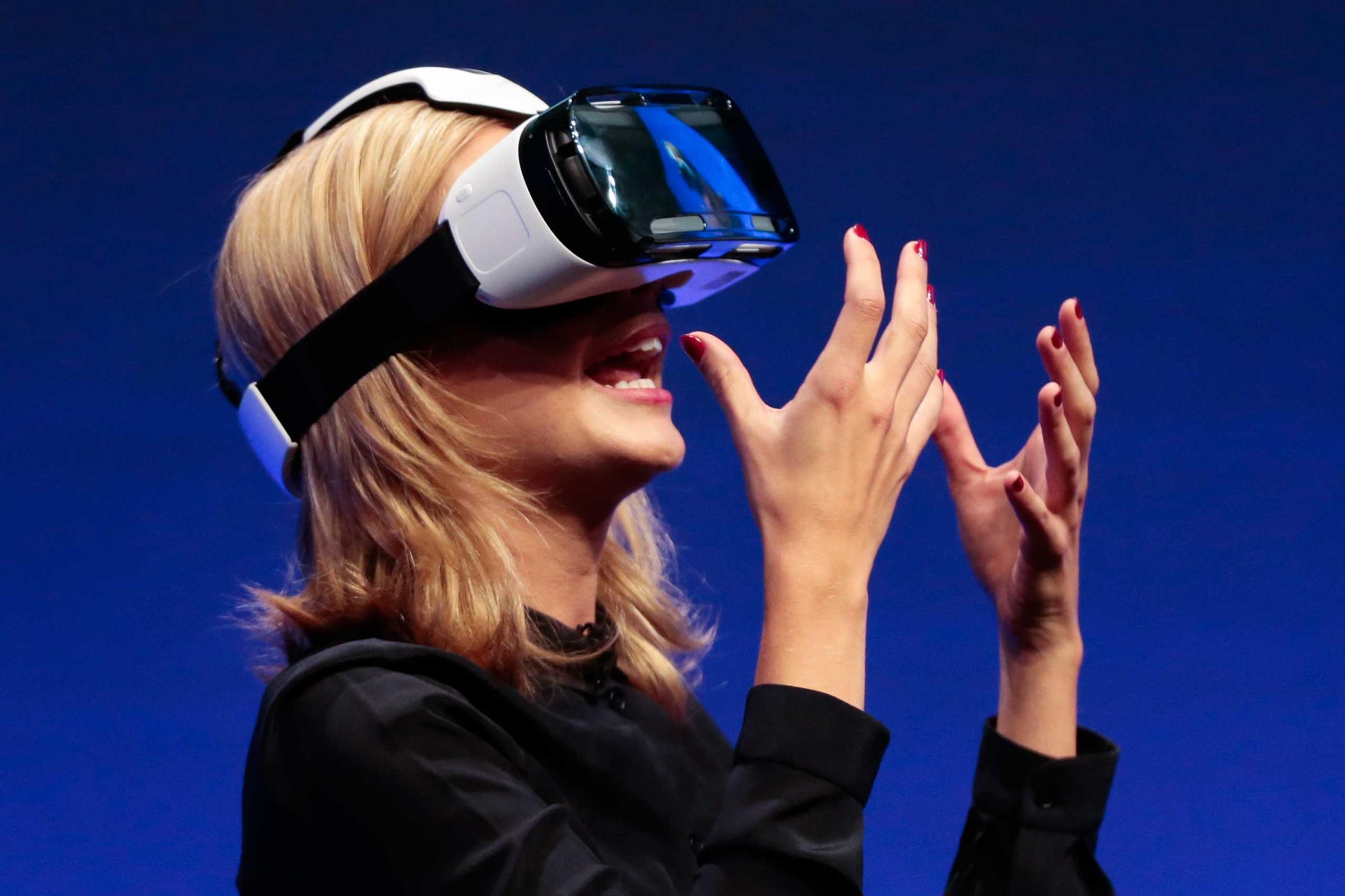

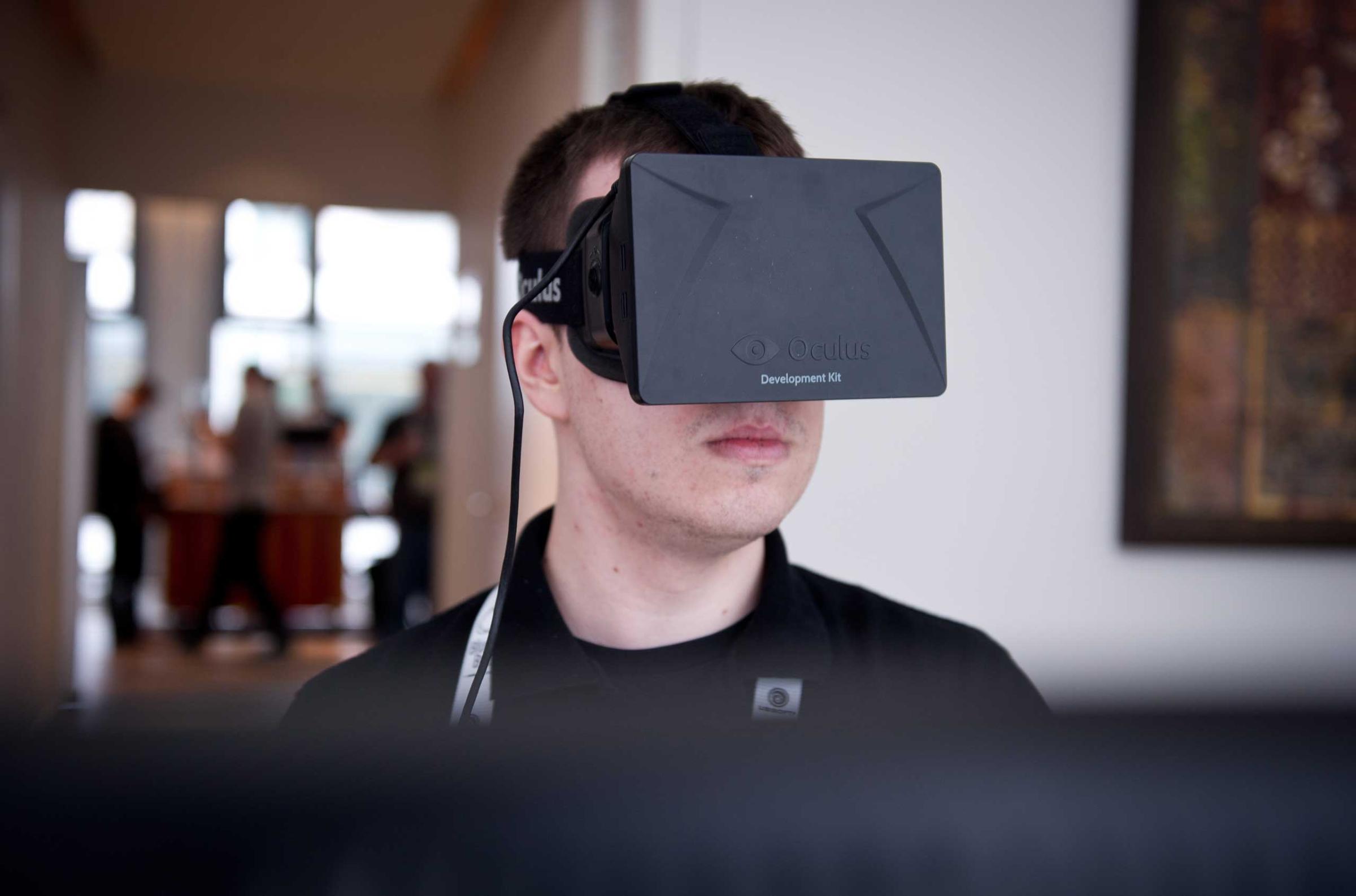
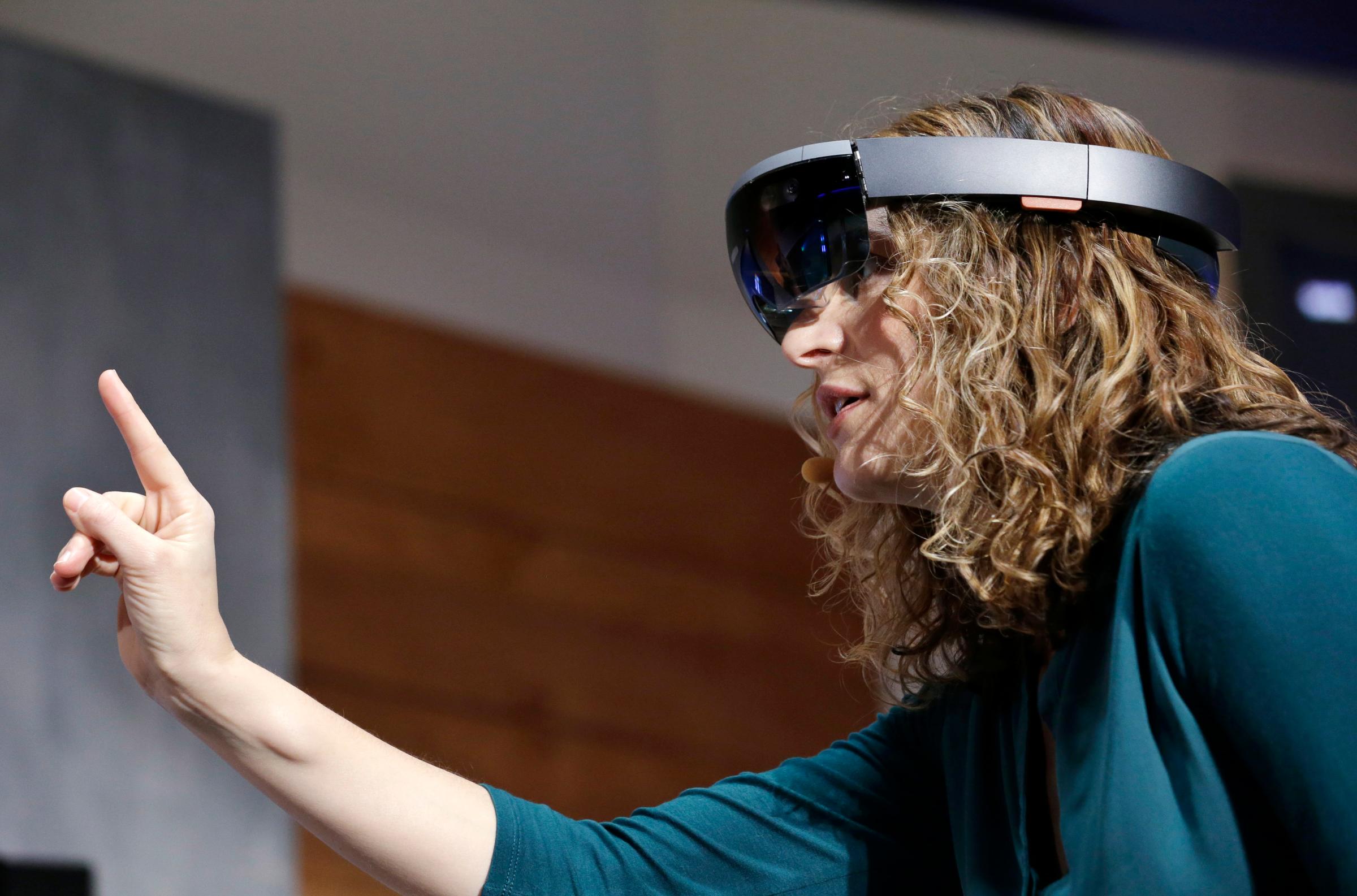
10. There’s debate within the community about what VR is really good for.
Jeremy Bailenson, who founded Stanford’s Virtual Human Interaction Lab in 2003, doesn’t think that his life’s work is the final platform. He thinks people will get hurt walking into walls or when a dog darts across the room. He thinks the glasses will never be comfortable to wear for long periods. And that an all-virtual world is creepy. “I’m actually a Luddite. I don’t play video games. I don’t have a Facebook account,” he says. At the Tribeca Film Festival’s symposium on virtual reality this year, he warned the audience against making entertainment for virtual reality. “Do you want to be in the trash compactor in Star Wars? No, you don’t. If Jaws felt like what you just did in my lab, no one would ever go in the ocean again.” VR, he believes, is an empathy machine and should be saved for that purpose.
11. Hollywood also has had mixed reactions.
But when one VR pioneer showed virtual reality to director James Cameron—the technology-pushing creator of Avatar, Titanic and Terminator—in May 2013, Cameron stated that he had no use for it. “This has very little to do with controlling the viewers’ attention,” says a colleague. “It’s not necessarily a medium for filmmakers.”
For more on VR, read the cover story and check out:
— Watch the Demo That Will Make You Want Virtual Reality Right Now
— This Is When Sony’s Virtual Reality Headset Is Coming Out
— Here’s When You Can Buy Oculus’s Long-Awaited Virtual Reality Headset
More Must-Reads from TIME
- Why Trump’s Message Worked on Latino Men
- What Trump’s Win Could Mean for Housing
- The 100 Must-Read Books of 2024
- Sleep Doctors Share the 1 Tip That’s Changed Their Lives
- Column: Let’s Bring Back Romance
- What It’s Like to Have Long COVID As a Kid
- FX’s Say Nothing Is the Must-Watch Political Thriller of 2024
- Merle Bombardieri Is Helping People Make the Baby Decision
Contact us at letters@time.com